Diese Website verwendet Cookies, um die Qualität der Dienstleistungen zu verbessern und das Angebot für unsere Kunden in Übereinstimmung mit den Datenschutzrichtlinien zu personalisieren. Sie können Ihre Cookies-Einstellungen anpassen. Schließen
Any explosion protection is based on the knowledge of the production technology and production process under the usual operating mode and the states of transition - starting or stopping the equipment. If a qualified and professional assessment of the physicochemical properties of the processed materials leads to the possibility of risk, it is necessary to deal with preventive measures. The RSBP aims to design and effectively secure the entire operation, protect human lives, and prevent irrecoverable property damage by tailor-made solutions.
This study serves as information material on explosive protection of transport routes and mill circuits in energy operations. The published information is general, do not hesitate to contact us for your operation's correct and efficient security.
It should be emphasized that chosen explosion protection must comply with the applicable standards and must be approved by authorities and institutions with decision-making power in this area.
Energy is an integral part of modern civilization. Thermal power stations are still one of the essential and, at the same time, the most stable sources of electricity, not only for industry but also for households. The technology is, during the production process, very often threatened by increased dust. Therefore, priority should be given to the appropriate protection of operations that are at risk of explosion and fire.
In power plants and thermal power stations, brown or black coal or biomass mixture is used as fuel. Particularly endangered are parts of the production process where the material is ground into smaller particles. Another area with a higher risk of an explosion is during fuel transportation via conveyor belts. An explosive atmosphere can form in many places where the material is handled. Common areas where the explosion can occur are transfer points on conveyor belts during transportation from storage tanks. Danger also arises in the proximity of these technological units as the fine dust settles on nearby surfaces. The interior of mill and grinding circuits (sorters, mills/crushers, separators, dryers, etc.) have a higher rate of an explosive atmosphere, thus are usually classified as "Zone 20 - hazardous area" of combustible dust, or as "Zone 21 - hazardous area". An authorized person must determine the designation of the zone in the risk analysis prepared based on local conditions.
The dust explosion poses a significant threat to the energy sector, which can cause great material damage instantly and, in the worst case, loss of life. What dust content is already dangerous? Even 3-5% of the fine dust content in the fuel mixture with a medium grain size ds <100 μm leads to the formation of an explosive atmosphere.
It is with the processing of individual types of fuels and their mixtures that safety requirements also arise because solid fuels contain high percentages of dust. In a mixture with air, these dust particles create an explosive atmosphere, which on contact with the initiation source leads to an explosion or fire. Consequences of an explosion and fire can be devastating.
The conditions for forming an explosive atmosphere are clearly defined, but this does not mean that sedimented dust layers are not a risk, as the course and consequences of emergencies in the energy sector have repeatedly demonstrated. In accordance with good practice in the field of safety and following the methodological procedures of explosion risk assessment processes, it is necessary to know, in addition to the functional principles and technological conditions for correct assessment:
An explosive pressure wave can destroy a relatively large part of a building; technological equipment and investment in repairs is costly and time-consuming. It also causes secondary explosions. Stopping or reducing production means the operator's lost profit. But even the latest technologies in production do not guarantee risk-free operation. Properly designed, installed and certified explosion protection can protect employee lives and minimize property damage.
Conveyor belts are among the most endangered and at the same time neglected. This means that we should not only focus on technologies that are already processing fuel, such as mills/crushers, separators, cyclones, and filtration units, but also the transport routes through which the material flows to these devices.

Explosion protection of conveyors and mills. Photo source: RSBP spol. s r.o.
Most power plant operations are organized into so-called production units. Two of them are transportation routes and mill circuits.
And it is in these parts of technology where is the greatest risk of explosion of flammable dusts, gases, and hybrid mixtures.
Preventive measures cannot completely rule out the occurrence of ignition sources in these technologies. The risk of fire or explosion arises during grinding, drying, mechanical and pneumatic transport, storage, dedusting (aspirating) of the material.
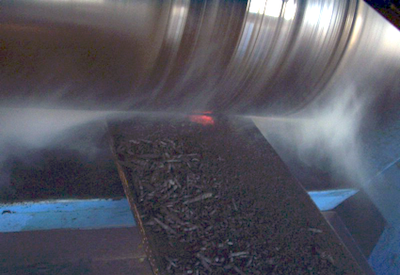
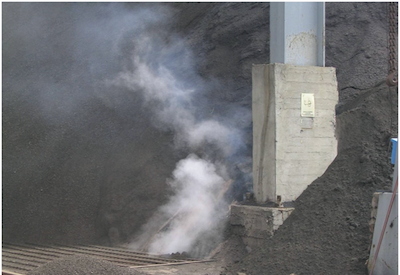
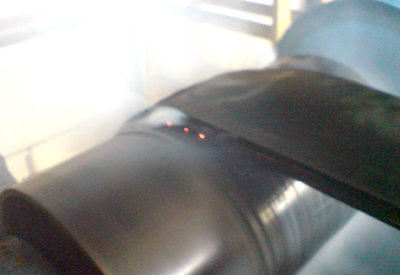
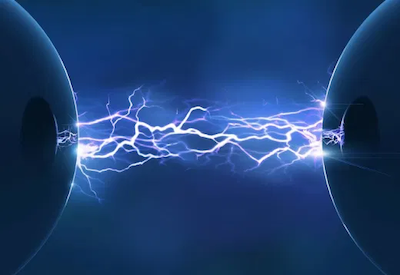
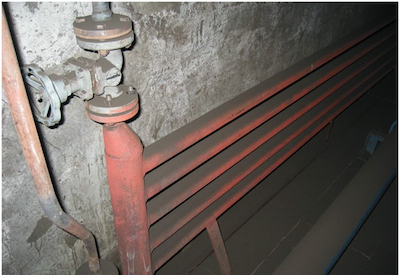
These conditions do not usually occur during normal operation, but during:
The most suitable type of protection for this power plant variant can be considered explosion protection using explosion suppression and isolation - HRD system and HRD barrier.
Protective equipment HRD (High Rate Discharge) is an explosion suppression technique characterized by the quick dispersion of the extinguishing agent into the protected equipment. The current explosion or explosive combustion is suppressed. The whole process takes place in units of milliseconds. The explosion is stopped at its initial phase, so no further damage is caused.
The HRD barrier is also applied to extinguish explosive combustion in pipelines in order to prevent the expansion of the explosion and the flame front further to connected technologies.
Filtration units are protected by explosion venting devices VMP. Explosion propagation from the dust collectors to other parts of the technology is prevented with explosion isolation flap valves B-FLAP I.
Thanks to susceptible detectors and a special design, we can also use the HRD system and the HRD barrier in production processes with various operating conditions such as vibrations, shocks, and high temperatures. Thanks to systems' design, false alarms do not occur due to these influences. A comprehensively adapted control and detection system is a matter of course.
The 100% efficiency of the HRD system and the HRD barrier enables effective suppression and explosion isolation for any St1, St2, St3 dusts and even hybrid mixtures.
| Technology / Explosion protection | VMP | HRD system | HRD barrier | B-FLAP I |
| Mills |  |
|||
| Separators |  |
|||
| Cyclone separators |  |
|||
| Fuel storage tanks |  |
|||
| Transportation routes between the separator and the mill |  |
|||
| Transportation routes between the separator and the cyclone separator |  |
|||
| Return piping from separator back to the mill |  |
|||
| Dust aspiration system |  |
 |
| Transportation routes | Explosion protection |
| Closed (e.g. closed conveyor / redler conveyor) | conveyor / redler |
| Open | chutes only |


In this case, we can talk about combined explosion protection of the mill circuit. We have chosen protection by explosion venting with VMP explosion venting panels outside the main building and flameless venting device FLEX PRO inside the building for the maximum level of security. Conveyors are protected with system ELEVEX.
The flameless explosion venting device FLEX PRO is the ideal solution for technological equipment inside buildings or production halls. Their safety zone is much smaller, which allows the movement of personnel close to other technologies.
In the case of traditional explosion venting, technology is covered with an explosion venting panel VMP. When the operating pressure level inside the device is exceeded, an explosion venting panel is opened, and thus the pressure and flame are released from the protected area. The advantage of venting panels is their 100% efficiency and the panel's longevity, which is resistant to weather conditions.
The HRD system and HRD barrier protect the mill; the function and advantages are mentioned above in variation 1. HRD system is an automatic, autonomous fire extinguishing system to suppress an explosion; the HRD barrier is used to isolate the transmission of an explosion in pipelines.
Extracted dust mixture is transported to dust collectors, where fine dust particles are separated from the air mixture. Filtration units located outside are protected with explosion venting devices VMP. Flameless explosion venting device FLEX PRO protects filter located inside the power plant. Inlet and outlet pipelines of the filtration units are secured with B-FLAP I - explosion isolation flap valves.
| Technology / Explosion protection | VMP | FLEX PRO | HRD system | HRD barrier | B-FLAP I |
| Redler | outside | inside | |||
| Fuel storage tank |  |
||||
| Fuel screening |  |
||||
| Transportation route from fuel screening to the boiler |  |
||||
| Mill / crusher |  |
||||
| Transportation route from mill/crusher to the boiler |  |
||||
| Dust aspiration system |  |
 |
 |
* The selected explosion protection corresponds to the model situations in the pictures. The application of individual protective elements may differ in connection with the real operating conditions of the given power plants. The pictures aim to indicate in general terms the functioning of the transportation routes and the mill circuit and show the proposal of the installation of explosion and fire protection measures in operation.


